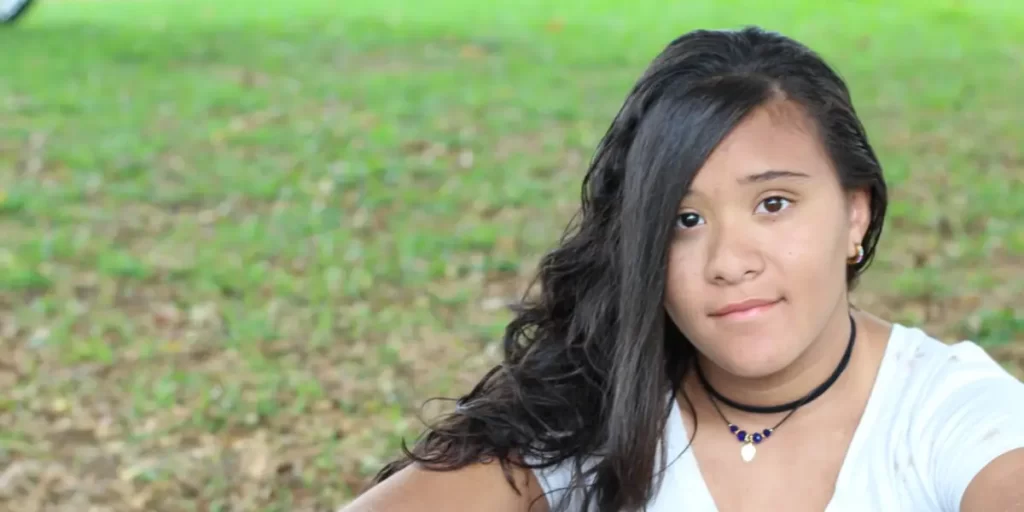
When given a harmful combination of biology and environmental stressors, anyone can develop an addiction. Unfortunately, some groups of people experience higher rates of substance use and addiction than the rest of the population. Native American drug abuse is a common experience, with substance use on reservations devastating many native communities.
Statistics on Native American Drug Abuse
Before examining Native American substance abuse statistics, it is important to note that Native Americans represent a small portion of the total population. According to the 2010 U.S. Census, there are fewer than 3 million Native Americans in the United States, but this group is powerfully impacted by various physical and mental health complications, including addiction.
Many native people live with alcohol addiction. Statistics show that 14.4% of Native Americans need treatment for their alcohol use, compared to only 7.6% of the general U.S. population.
Native American substance abuse statistics paint a similar picture. About 6.5% of Native Americans abuse illicit drugs, compared to only 3.1% of other Americans. In total, about 17.5% of Native Americans need some form of substance abuse treatment, compared to only 9.3% of others.

It's time to get your life back.
If you are struggling with addiction and co-occurring mental health, our expert team is here to guide you every step of the way. Don’t wait— reach out today to take the first step toward taking control of your life.
Native Americans are largely impacted by substance use, as they are five times more likely than other groups to suffer alcohol-related deaths. Fetal alcohol syndrome is another issue plaguing native people, with rates as high as 1.5 to 2.5 per 1,000 live births.
Although these findings are concerning, there is good news. While Native Americans are more likely than other groups to live with addiction and mental health challenges, they are also more likely to actively seek out and receive treatment from a specialized treatment center. Still, too many people do not receive the treatment they need to recover from substance use.
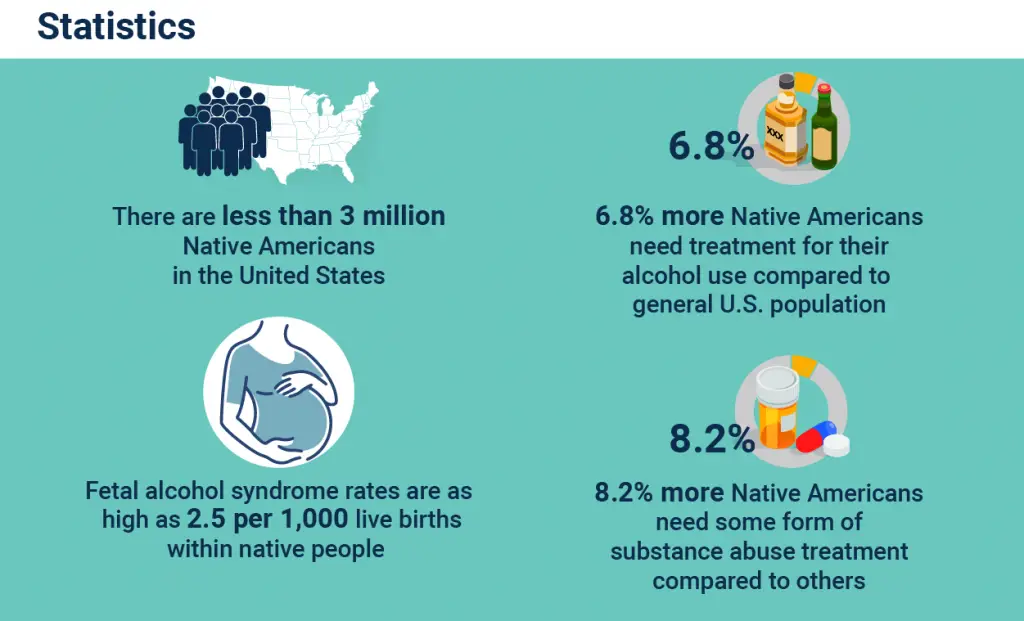
Most Commonly Used Drugs
Native Americans use many substances at higher rates than the rest of the population. According to a study of past-month drug use of high school students:
- Native Americans in 8th and 10th grade were more likely than members of the general population to binge drink alcohol
- There is a strong link between Native Americans and marijuana use, with about 35% of 12th graders using marijuana in the last month
- About 4.5% of Native Americans in 8th and 10th grade used cocaine in the last month, a rate over five times higher than the general population assessed in the Monitoring the Future survey
Causes of Addiction in Native American Communities
To address the problem of addiction in this community, it’s important to first understand the cause of drug abuse among Native Americans. European colonization likely started the issue. When colonists arrived in North America, Native Americans were flooded with strong alcohol before they could establish rules and healthy norms to manage use within their communities. These colonists would often drink to intoxication, which set a standard of binge drinking as normal behavior. These factors, coupled with the generational trauma and suffering Native Americans have experienced at the hands of colonizers, likely contribute to higher rates of drug and alcohol use today.
Currently, Native American alcohol use is driven by various factors like:
- Acceptance: Some tribes are much more accepting of alcohol use. This view serves to normalize use and encourages it among members.
- Geography: It appears that tribes located farther north have higher rates of alcoholism, a pattern that could remain from the colonizers who first introduced alcohol.
- Economics: It could be that the low financial stability of those in Native American communities encourages alcohol use.
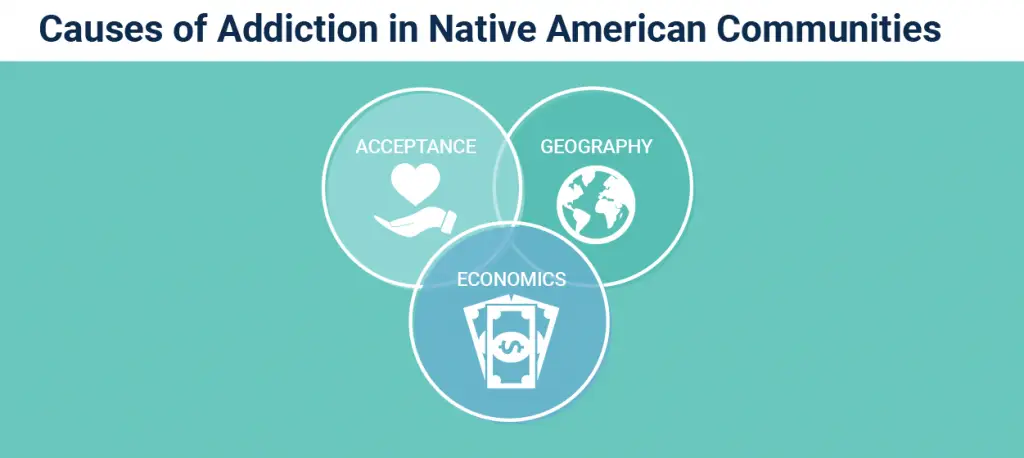
Mental Health Concerns Among American Indians
With higher rates of substance abuse, it is no surprise that Native American mental health is also a serious concern. Some Native Americans use substances to self-medicate mental health struggles, while others experience mental health concerns triggered by use.
Native American mental health statistics are alarming. About 21% of Native Americans report past-year mental illness, which is significantly higher than the less than 18% for the general population. Native children and adolescents have the highest rates of lifetime depression among any group.
Of course, Native Americans battle more than just depression. They also experience high rates of other mental health disorders, including:
- Anxiety
- Bipolar disorder
- Post-traumatic stress disorder
- Conduct disorders
- Attention-deficit hyperactivity disorder
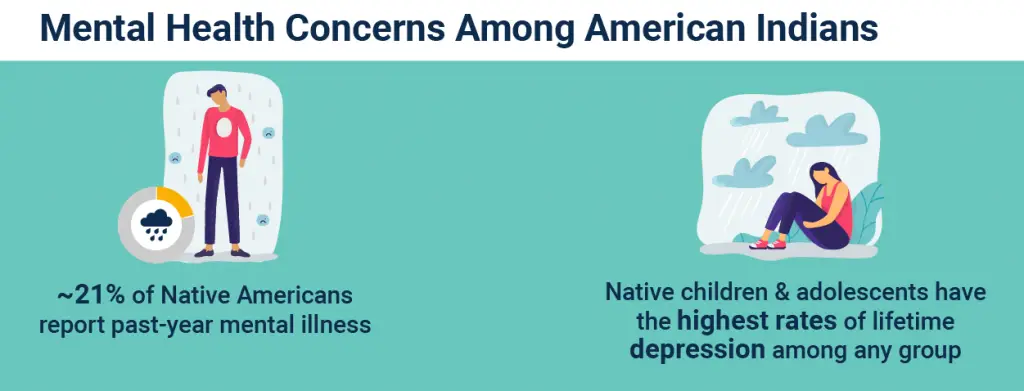
For native people, suicide is also a major mental health challenge. Suicide was the second leading cause of death for Native Americans between the ages of 10 and 34 in 2014.
Meeting the Treatment Needs of Native Americans
Native Americans are a unique group of people who benefit most from specialized care. Treatment is available, but providers and clients must be aware of the strengths linked to the Native American culture as well as the barriers to treatment that are frequently present.
Common protective factors of Native Americans include:
- A strong connection to culture
- Supportive families
- An enduring spirit
- Traditional health practices and ceremonies
- Flexibility
- Wisdom passed from tribal elders
Despite these strengths, Native Americans may also encounter several barriers to treatment, such as:
- Poor economic stability
- Lack of information and awareness of mental health issues
- Stigma attached to mental illness
- Lack of culturally sensitive treatments specifically for Native Americans
- Mistrust of health care providers
Native American addiction treatment is available and can be useful in reducing substance use, improving mental health outcomes and achieving sustained recovery. Like all helpful addiction treatments, services for Native Americans must be more than “cookie-cutter” treatments.
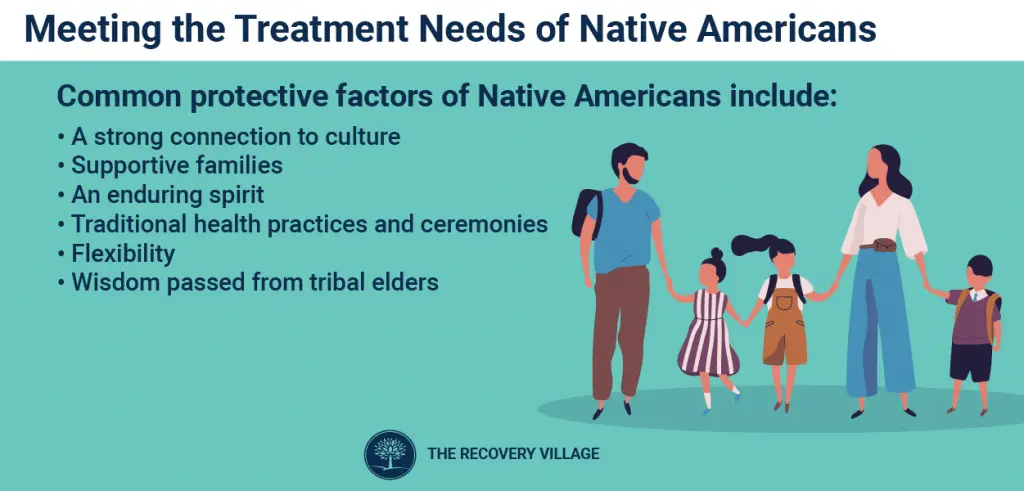
Every person is an individual with varied strengths, supports and stressors, so the most effective addiction treatment programs will tailor the experience to the person’s:
- Age
- Sex/gender
- Sexual orientation
- Religious/spiritual beliefs
- Cultural heritage
- Life experience
- Mental and physical health status
How The Recovery Village Ridgefield Is Working With Tribal Populations
As an addiction treatment center located in Washington state, the staff at The Recovery Village Ridgefield have an in-depth understanding of Native American culture as well as the strategies that help create healthy, sober lives. All the while, treatment honors the traditions and beliefs that are central to Native Americans.
When you call The Recovery Village, a helpful representative will ask questions about you or your loved one to begin the treatment process. Be sure to explain your connection to the Native American culture and what you are seeking in terms of culturally-sensitive treatment options.
Native American men, women and teens need substance use and dual diagnosis treatment sensitive to their culture. If you need substance abuse treatment and have a heritage rooted in the Native American way of life, contacting The Recovery Village could be the best decision you make. Reach out today to get started.



